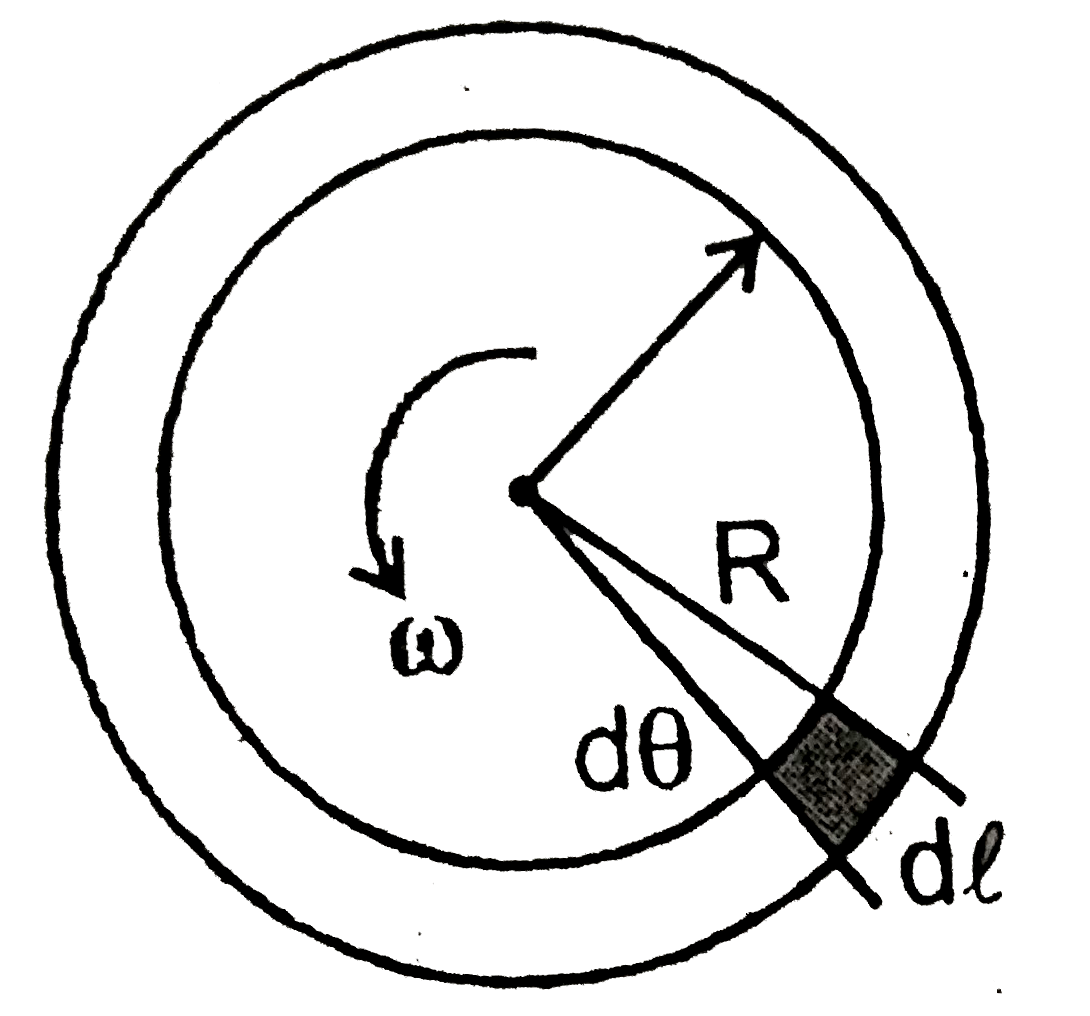A cross section of a plant material shows four xylem patches alternating with same number of phloem patches and in the xylem protoxylem is pointed towards periphery. In the centre of stele a small pith is present. The plant material is
Young dicot stem
Young dicot root
Monocot stem
Monocot root
The correct Answer is:B
To solve the question regarding the plant material described in the cross-section, we will follow these steps:
1. Identify the Structure: The question describes a cross-section of a plant material showing four xylem patches alternating with four phloem patches. This indicates a specific arrangement of vascular tissues.
2. Analyze the Xylem and Phloem Arrangement: The arrangement of xylem and phloem in alternating patches suggests a typical configuration found in certain types of roots. The fact that there are equal numbers of xylem and phloem patches is significant.
3. Examine the Position of Protoxylem: The protoxylem is described as being pointed toward the periphery. This is a key characteristic that helps in identifying the type of plant structure. In roots, the protoxylem is usually located towards the outer side.
4. Identify the Presence of Pith: The presence of a small pith in the center of the stele is also a crucial detail. In roots, the pith is typically small or even absent, but in some young roots, it can be present.
5. Conclude the Type of Plant Material: Based on the arrangement of xylem and phloem, the position of the protoxylem, and the presence of a small pith, we can conclude that the plant material is a young dicot root. This is because young dicot roots exhibit this specific arrangement of vascular bundles with protoxylem facing outward and a central pith.
Final Answer:
The plant material is a young dicot root.
---
The plant material is a young dicot root.
Topper's Solved these Questions
- HISTOLOGY AND ANATOMY OF FLOWERING PLANTSBOOK - AAKASH SERIESCHAPTER - HISTOLOGY AND ANATOMY OF FLOWERING PLANTSEXERCISE - EXERCISE - I (SECONDARY GROWTH)
45 Videos
- HISTOLOGY AND ANATOMY OF FLOWERING PLANTSBOOK - AAKASH SERIESCHAPTER - HISTOLOGY AND ANATOMY OF FLOWERING PLANTSEXERCISE - EXERCISE - II
214 Videos
- HISTOLOGY AND ANATOMY OF FLOWERING PLANTSBOOK - AAKASH SERIESCHAPTER - HISTOLOGY AND ANATOMY OF FLOWERING PLANTSEXERCISE - EXERCISE - I (THE TISSUES SYSTEMS)
41 Videos
- ENVIRONMENTAL ISSUESBOOK - AAKASH SERIESCHAPTER - ENVIRONMENTAL ISSUESEXERCISE - Exercise-III (Previous AIPMT/NEET Questions)
41 Videos
- HUMAN HEALTH DISEASEBOOK - AAKASH SERIESCHAPTER - HUMAN HEALTH DISEASEEXERCISE - EXERCISE - III (PREVIOUS AIPMT/NEET QUESTIONS)
56 Videos
Similar Questions
If protoxylem lies towards the centre (pith) and the metaxylem lies towards the periphery of the organ, then this type of primary xylem is called :-
View SolutionThe cross section of a plant material shows the following features under the microscope : vascular bundles are radially arranged and there are four xylem strands showing exarch condition. Which type of the plant material shows the above anatomy ?
View SolutionThe cross section of a plant material shows the following anatomical features under microscope:
(a) usually more than sixe xylem bundles with exarch xylem
(b) pitch is large and well developed
(c) Radial arrangement of xylem and phloem bundles.
The plant material should be,
View SolutionThe transverse section of a plant material shows the following anatomical features, (a) the vascular bundles are conjoint, scattered and surrounded by clerenchymatous undle sheaths (b) phloem parenchyma is absent. What will you identify it as?
View SolutionThe transverse section of a plant material shows the following anatomical features : (a) the vascular bundles are conjoint, scattered and surrounded by a sclerenchymatous bundle sheaths, (b) phloem parenchyma is absent. What will you identify it as ?
View SolutionThe cross-section of a plant material showed the following features when viewed under the microscope
(a) The vascular bundles were radially arranged
(b) Four xylem strands with extrach condition of protoxylem. To which organ should it be assigned ?
View SolutionThe transverse section of a plant material shows the following anatomical features
1) The vascular tissues are arranged in an alternate manner on different radii
2) The pith is small (or) inconspicuous What will you identify it as?
View SolutionThe transverse section of a plant material shows the following anatomical features.
(a) The vascular bundles are conjoint, scattered and surrounded by sclerenchymatous bundle sheaths
(b) Phloem parenchyma is absent.
What will you identify it as?
(1) Dicot stem
(2) Monocot stem
(3) Dicot root
(4) Monocot root
View SolutionA ring of radius R is made of a thin wire of material of density ρ having cross section area a. The ring rotates with angular velocity ω about an axis passing through its centre and perpendicular to the plane. If we consider a small element of the ring,it rotates in a circle. The required centripetal force is provided by the component of tensions on the element towards the centre. A small element of length dl of angular width dθ is shown in the figure.

If T is the tension in the ring, then
View SolutionA ring of radius R is made of a thin wire of material of density ρ having cross section area a. The ring rotates with angular velocity ω about an axis passing through its centre and perpendicular to the plane. If we consider a small element of the ring,it rotates in a circle. The required centripetal force is provided by the component of tensions on the element towards the centre. A small element of length dl of angular width dθ is shown in the figure.

If for a given mass of the ring and angular velocity, the radius R of the ring is increased to 2R, the new tension will be
View Solution
